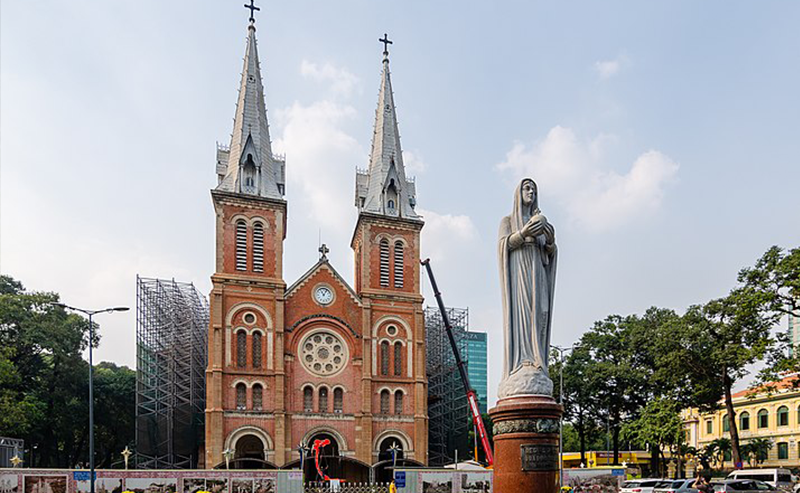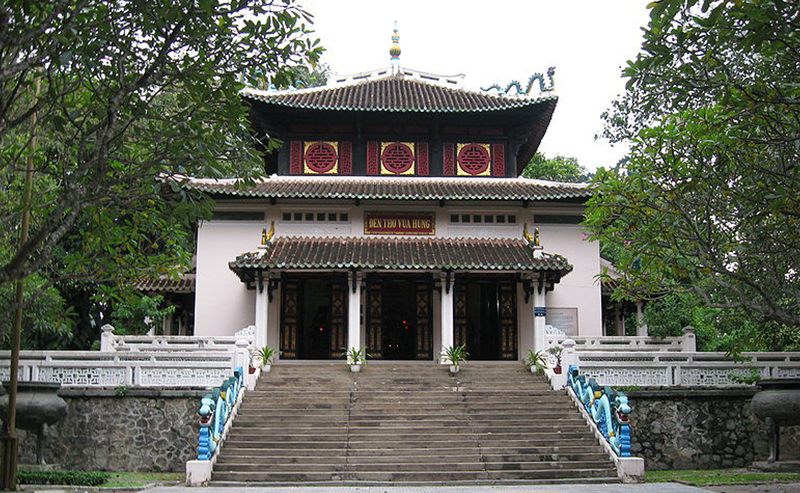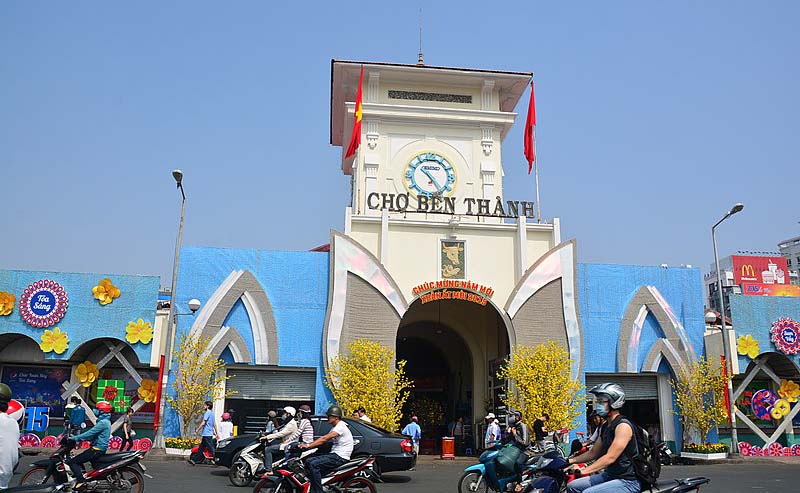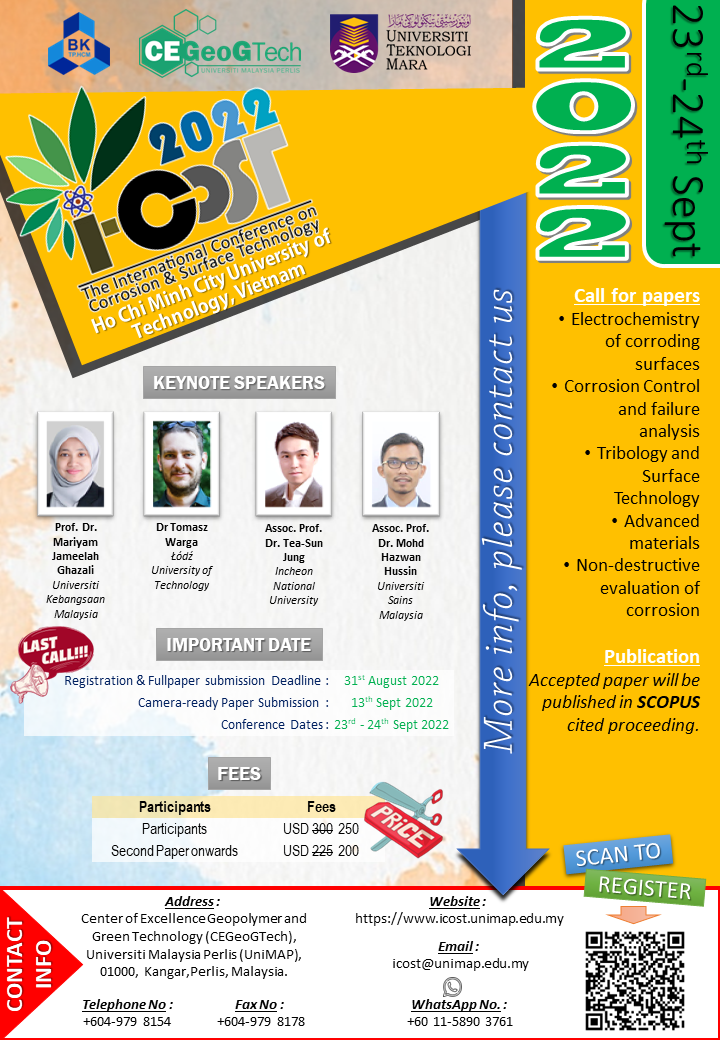VENUE
Ho Chi Minh City,
Vietnam
_(cropped).jpg)
Ho Chi Minh City (Vietnamese: Thành phố Hồ Chí Minh; [tʰàjŋ̟ fǒ hò cǐ mīŋ̟] (listen) or [tʰàn fǒ hò cǐ mɨ̄n] (listen)), commonly and formerly officially known as Saigon (Vietnamese: Sài Gòn; [sàj ɣɔ̀n] (listen) or [ʂàj ɣɔ̀ŋ] (listen)), is the largest city in Vietnam, situated in the south. In the southeastern region, the city surrounds the Saigon River and covers about 2,061 square kilometres (796 square miles).
Prior to Vietnamese settlement in the 17th century, the city was a scarcely populated area that had been part of historic empires of Funan, Chenla, and Cambodia. With the arrival of Vietnamese, the area became more populated and officials began establishing the city from 1623 to 1698. After it was ceded by the last Vietnamese dynasty to the French in 1862, the name Saigon was adopted and the city underwent urbanization to become a financial center in the region. The city was the capital of South Vietnam until the end of the Vietnam War with North Vietnamese victory in 1975. In 1976, the government of a unified Vietnam renamed Saigon in honor of Hồ Chí Minh.
The primary economic center of Vietnam, it is also an emerging international destination, with popular landmarks related to remnants of its history showcased through its architecture. A major transportation hub, the city hosts the Tan Son Nhat International Airport, the busiest airport in Vietnam. With increasing development, Saigon or Ho Chi Minh City is also undergoing construction of educational institutions and transportation, and also serves as a major media and entertainment outlet.
Ho Chi Minh City University of Technology (HCMUT)
Ho Chi Minh City University of Technology (HCMUT) was established in 1957 and has been recognized as a centre of excellence among technological universities in Vietnam. Prior to the country re-unification in 1975, the university was the only institution to produce engineers in the Southern Vietnam. Up to the present day, HCMUT still remains as the largest, the most prestigious and the oldest engineering university in the South of Vietnam.
The University has two campuses: one is located in the inner of Ho Chi Minh City and the other in the outskirts of the city. Located in a metropolitan area about 4km from downtown Ho Chi Minh City and nearly 3km from the international airport, the former one sets on a 14.5-hectare campus full of greenery. The latter one, with an area of 26 hectares, is located about 28 km from the city campus. HCMUT has 26750 students enrolled in 11 academic faculties and 1300 full-time staff members. Many of HCMUT academic staffs graduated from foreign well-known universities. Together, they provide invaluable knowledge and skills contributing to the development of the university. It’s the cultural and intellectual diversity of a dynamic teaching staff that portrait a special characteristic of HCMUT.
HCMUT sets a goal to achieve world evaluated standard in engineering education, and to be recognized internationally. The university has the role to equip engineers with solid scientific knowledge and technical skills to keep up with rapid changing technology in the work place. Moreover, the university maintains an excellent reputation in higher education, fosters intellectual growth, provides a good learning environment, supports and encourages the development of student’s potentials. To further enhance quality training, keeping up with international development, and to expand research activities, HCMUT has also established collaborations and exchange programs with overseas universities. HCMUT staff are trying all their best to fulfill a commitment of building a premier research-based university and serving educational needs of the public.





.jpg.png)



